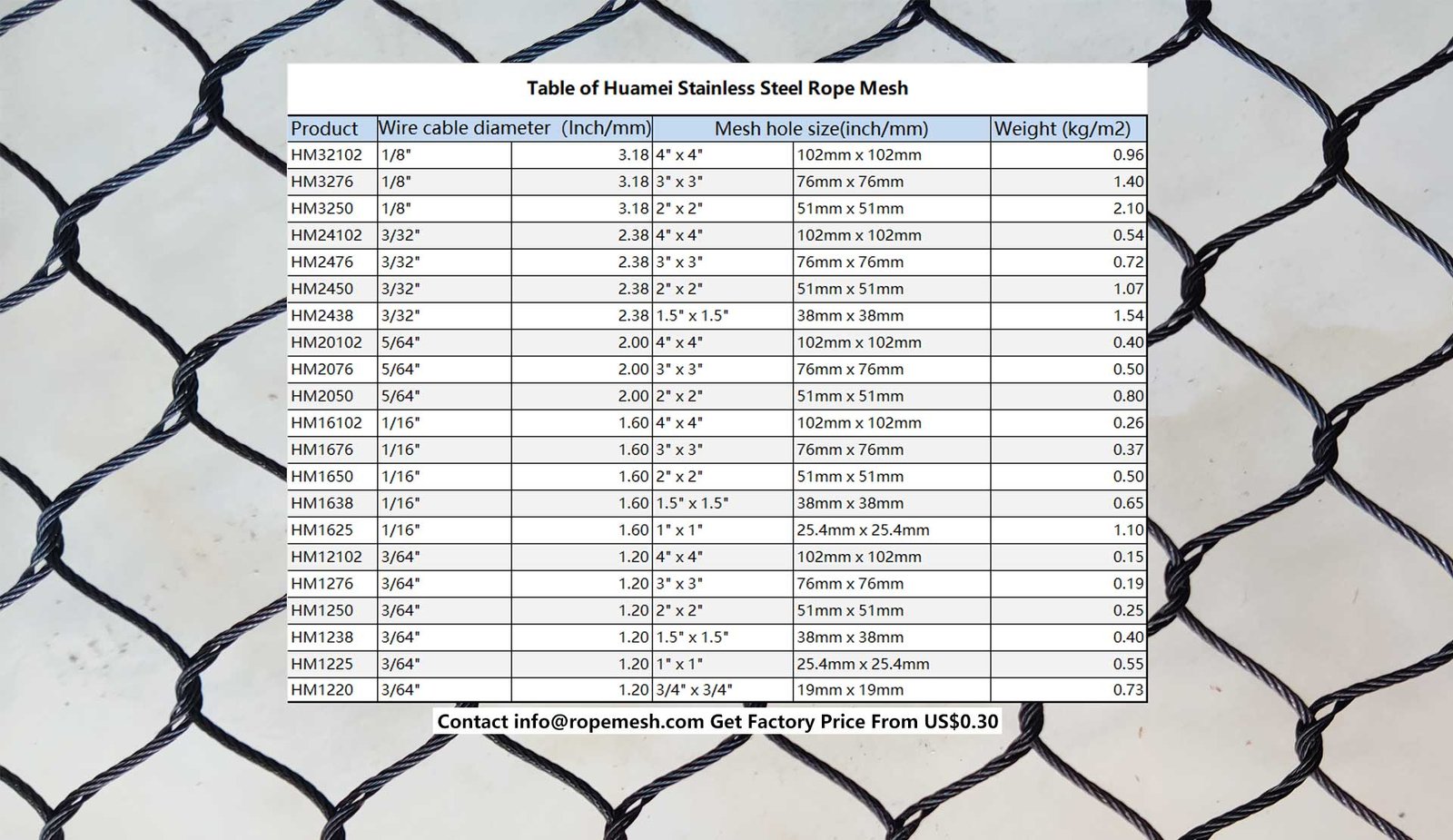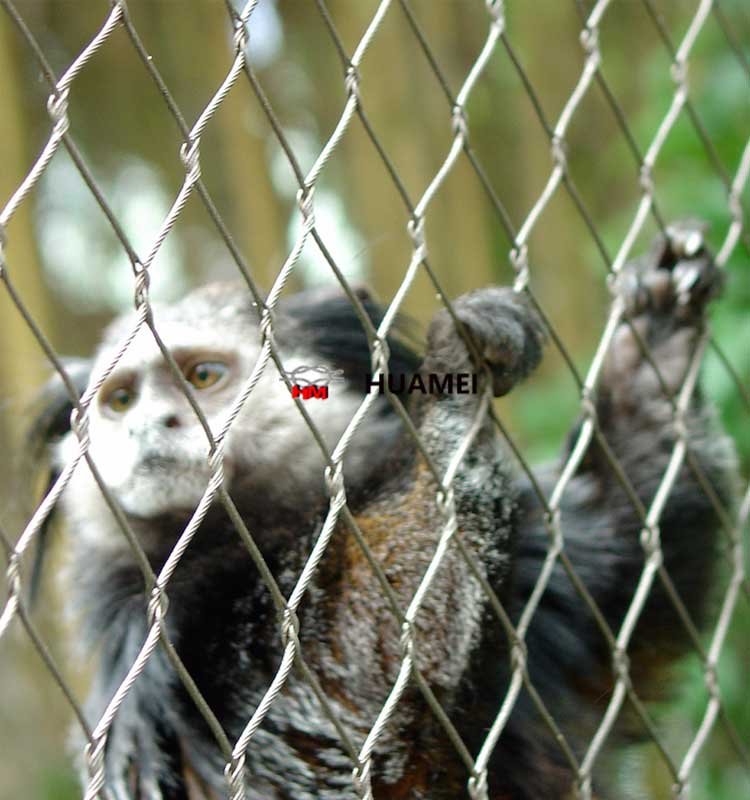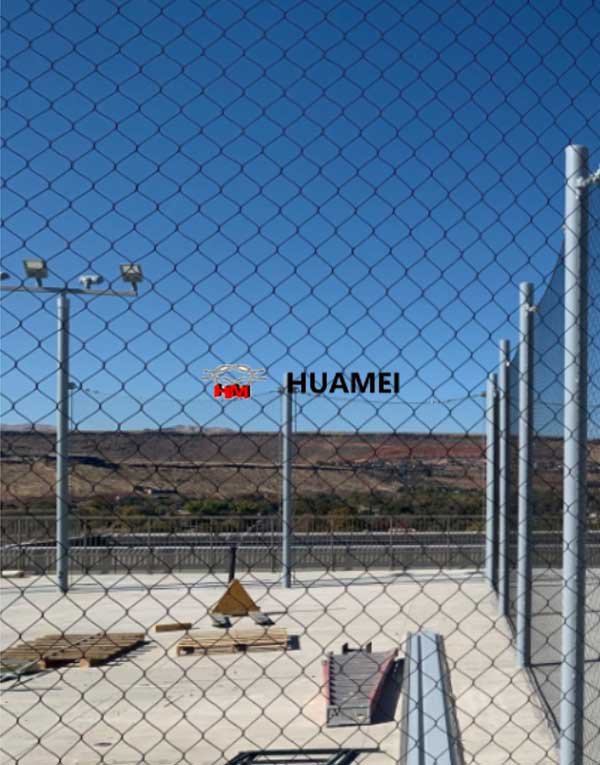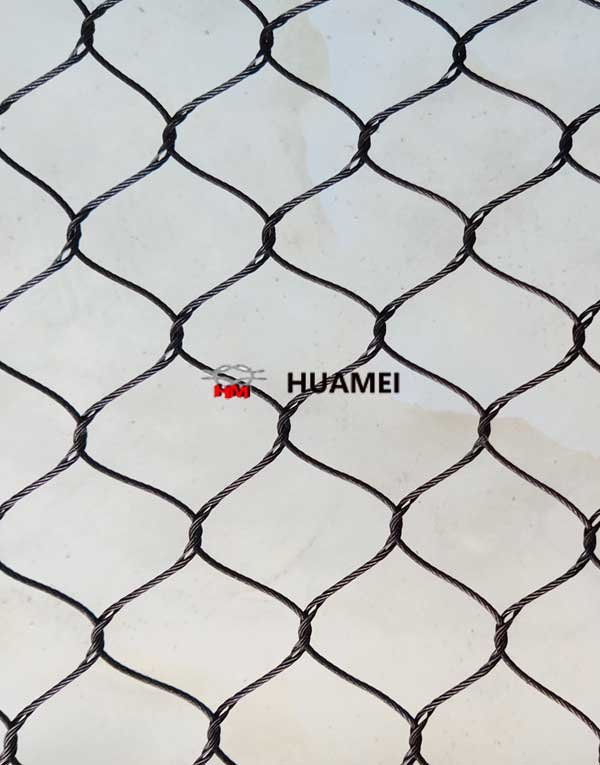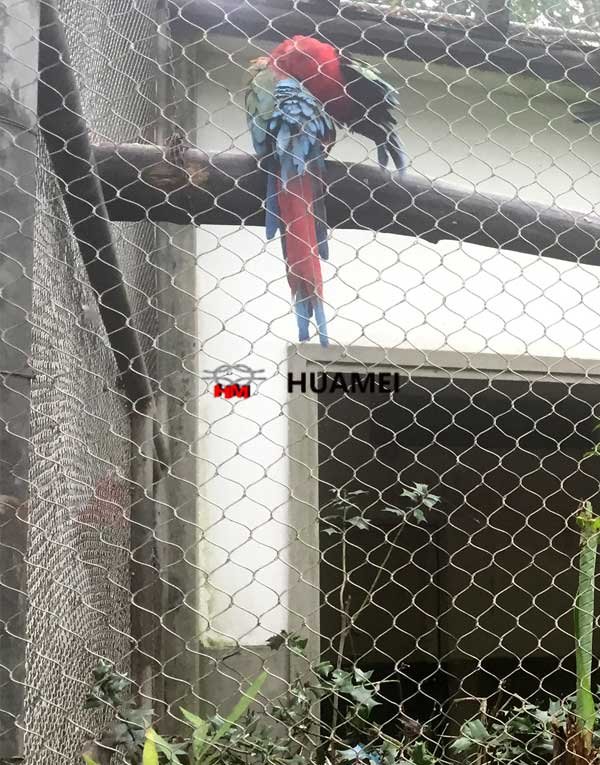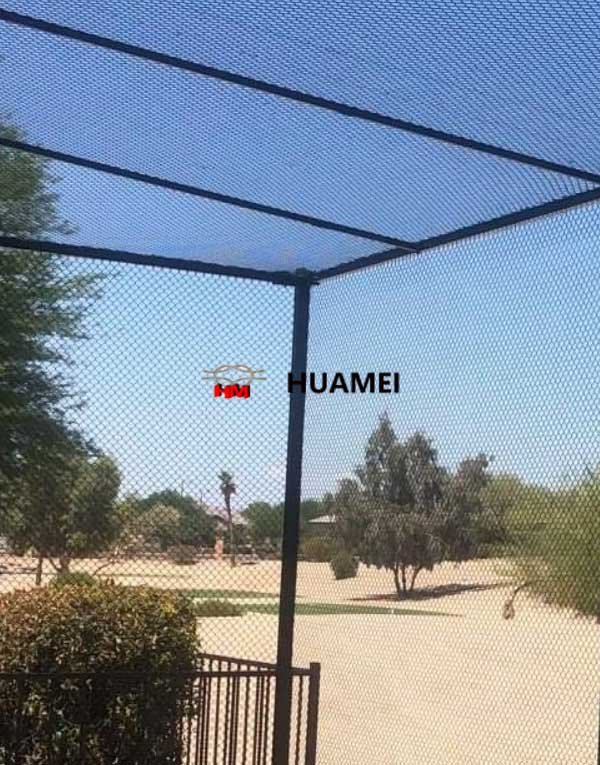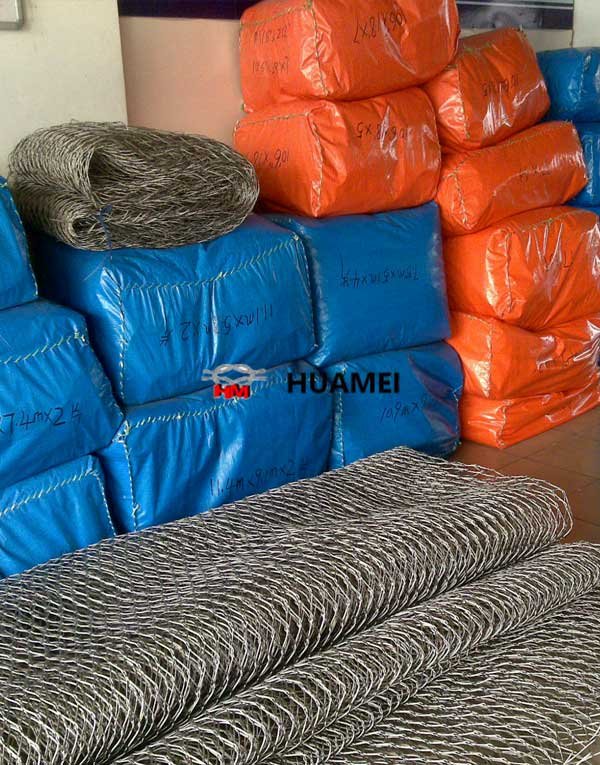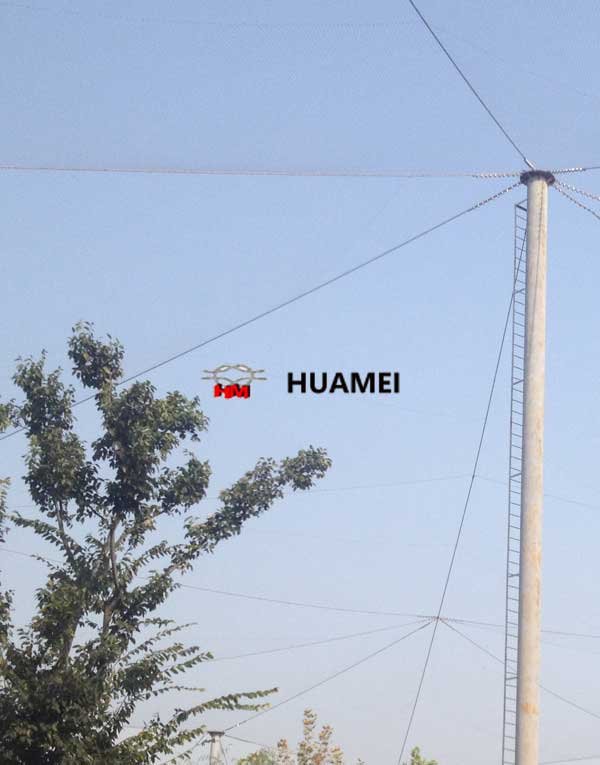Introduction to Mesh Netting
Mesh netting serves as a versatile material that finds application in a myriad of contexts, particularly in the construction of enclosures for animals. This type of netting is composed of interconnected strands, creating a network that is both strong and flexible. Its primary purpose is to provide a safe and secure barrier, ensuring the well-being of animals while simultaneously allowing visibility and airflow. In various settings, such as zoos, farms, and wildlife habitats, mesh netting plays a crucial role.
There are several types of mesh netting available, each differentiated by the materials used and their intended applications. One notable type is zoo mesh, which is specifically designed to safely contain various animal species within a controlled environment. Zoo mesh is typically made from robust materials that withstand environmental stressors while ensuring the safety of both animals and visitors. Its unique design often includes small openings that prevent animals from escaping while allowing for visibility and ventilation.
Another significant type of mesh is stainless steel rope mesh. This variant features a configuration of stainless steel ropes intertwined to form a durable yet transparent barrier. Its corrosion-resistant properties make it ideal for outdoor settings, enhancing longevity and reducing maintenance costs. Moreover, the flexibility of stainless steel rope mesh allows it to adapt to various shapes and sizes, making it highly suitable for many enclosure designs.
Mesh netting, in its various forms, is essential in promoting animal welfare by providing secure spaces while allowing an unobstructed view of the wildlife. This dual functionality not only fulfills safety requirements but also enriches the experience for spectators, making it a fundamental component in the construction of effective animal enclosures. Understanding what is mesh netting and its different types aids in selecting the most appropriate option for specific applications.
